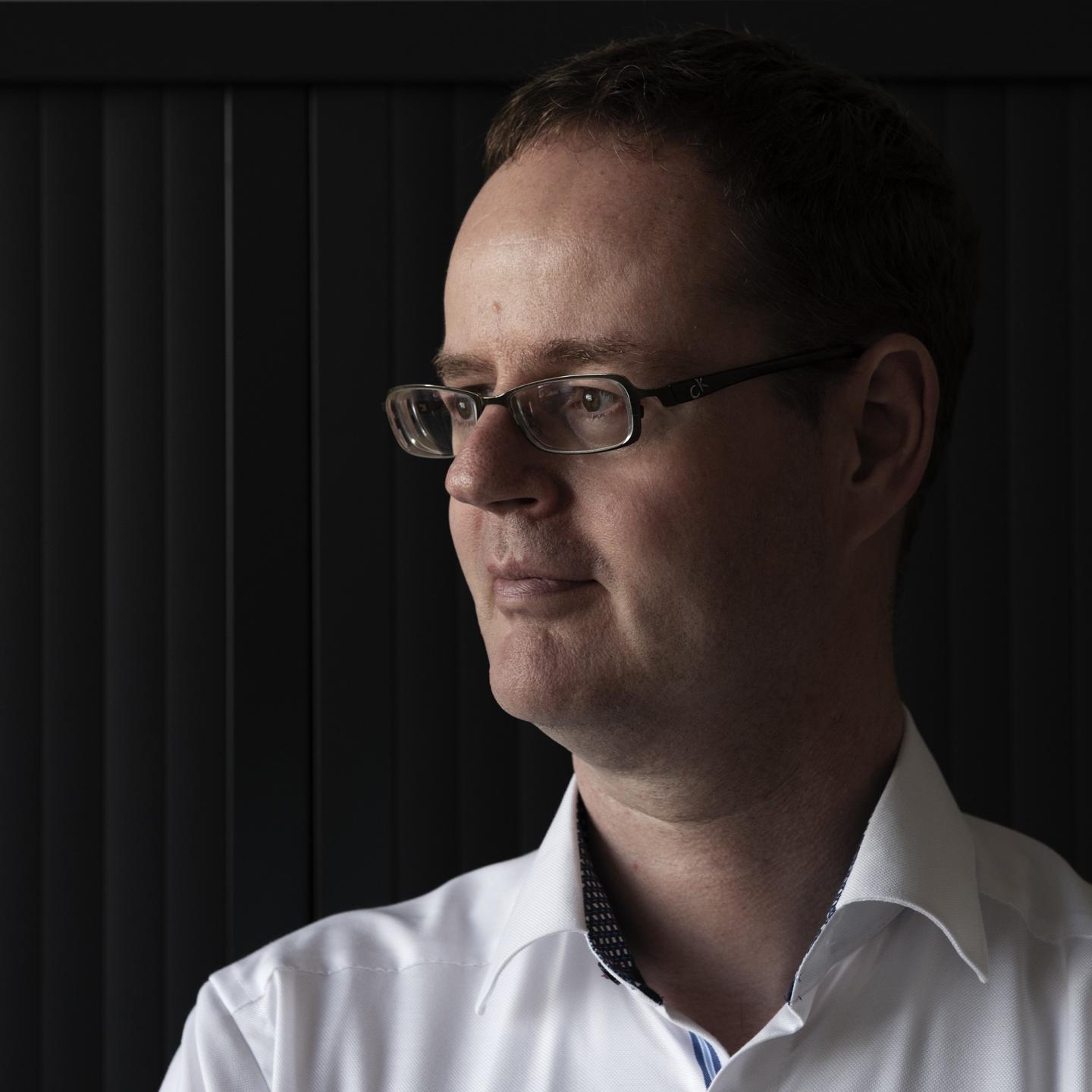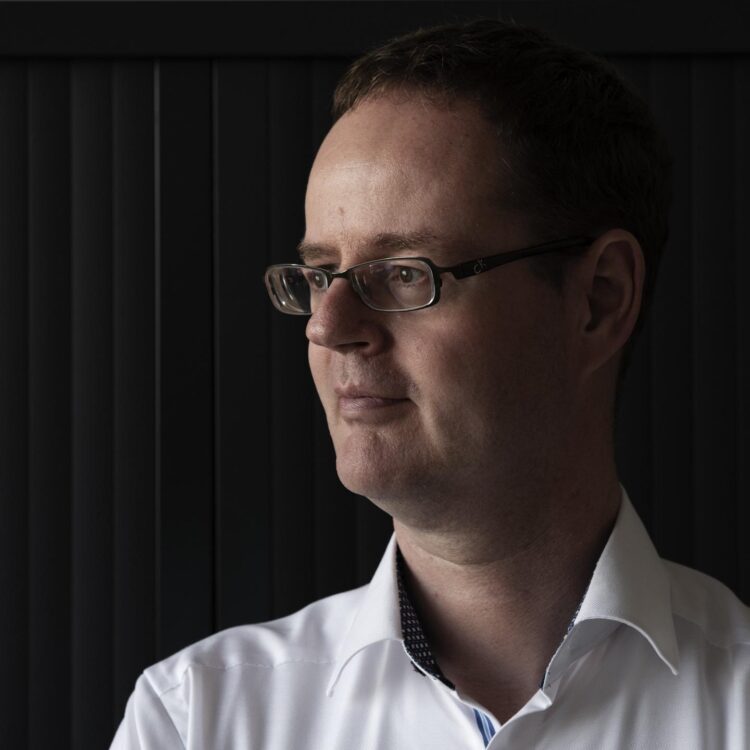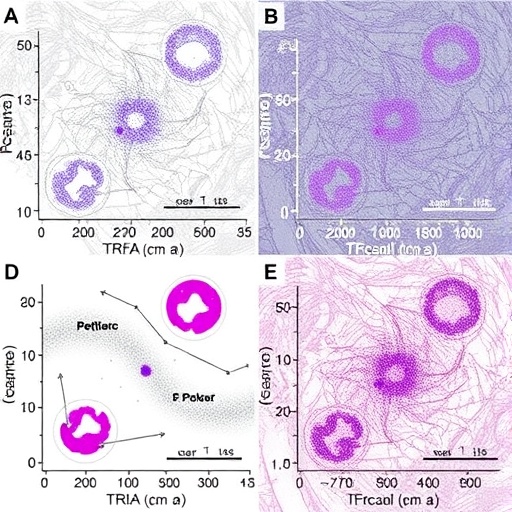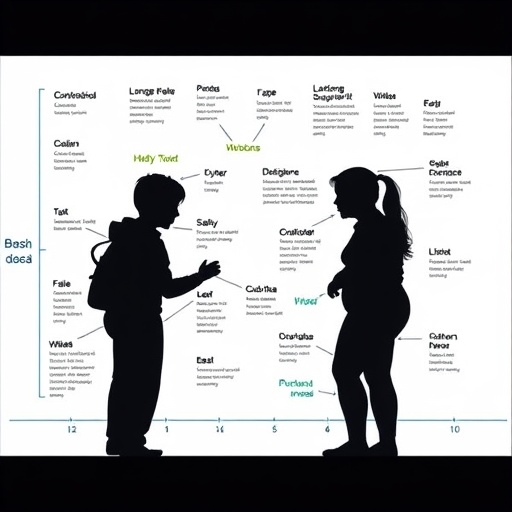
Credit: University of Groningen
Thermoelectric materials can turn a temperature difference into electricity. Organic thermoelectric materials could be used to power wearable electronics or sensors; however, the power output is still very low. An international team led by Jan Anton Koster, Professor of Semiconductor Physics at the University of Groningen, has now produced an n-type organic semiconductor with superior properties that brings these applications a big step closer. Their results were published in the journal Nature Communications on 10 November.
The thermoelectric generator is the only human-made power source outside our solar system: both Voyager space probes, which were launched in 1977 and are now in interstellar space, are powered by generators that convert heat (in this case, provided by a radioactive source) into an electric current. ‘The great thing about such generators is that they are solid-state devices, without any moving parts,’ explains Koster.
Conductivity
However, the inorganic thermoelectric material used in the Voyager’s generators is not suitable for more mundane applications. These inorganic materials contain toxic or very rare elements. Furthermore, they are usually rigid and brittle. ‘That is why interest in organic thermoelectric materials is increasing,’ says Koster. Yet, these materials have their own problems. The optimal thermoelectric material is a phonon glass, which has a very low thermal conductivity (so that it can maintain a temperature difference) and also an electron crystal with high electrical conductivity (to transport the generated current). Koster: ‘The problem with organic semiconductors is that they usually have a low electrical conductivity.’
Nevertheless, over a decade of experience in developing organic photovoltaic materials at the University of Groningen has led the team on a path to a better organic thermoelectric material. They focused their attention on an n-type semiconductor, which carries a negative charge. For a thermoelectric generator, both n-type and p-type (carrying positive charge) semiconductors are needed, although the efficiency of organic p-type semiconductors is already quite good.
Buckyballs
The team used fullerenes (buckyballs, made up of sixty carbon atoms) with a double-triethylene glycol-type side-chain added to them. To increase the electrical conductivity, an n-dopant was added. ‘The fullerenes already have a low thermal conductivity, but adding the side chains makes it even lower, so the material is a very good phonon glass,’ says Koster. ‘Furthermore, these chains also incorporate the dopant and create a very ordered structure during annealing.’ The latter makes the material an electric crystal, with an electrical conductivity similar to that of pure fullerenes.
‘We have now made the first organic phonon glass electric crystal,’ Koster says. ‘But the most exciting part for me is its thermoelectric properties.’ These are expressed by the ZT value. The T refers to the temperature at which the material operates, while Z incorporates the other material properties. The new material increases the highest ZT value in its class from 0.2 to over 0.3, a sizeable improvement.
Sensors
‘A ZT value of 1 is considered a commercially viable efficiency, but we believe that our material could already be used in applications that require a low output,’ says Koster. To power sensors, for example, a few microwatts of power are required and these could be produced by a couple of square centimetres of the new material. ‘Our collaborators in Milan are already creating thermoelectric generators using fullerenes with a single side chain, which have a lower ZT value than we now have.’
The fullerenes, side chain and dopant are all readily available and the production of the new material can likely be scaled up without too many problems, according to Koster. He is extremely happy with the results of this study. ‘The paper has twenty authors from nine different research groups. We used our combined knowledge of synthetic organic chemistry, organic semiconductors, molecular dynamics, thermal conductivity and X-ray structural studies to get this result. And we already have some ideas on how to further increase the efficiency.’
###
Simple Science Summary
Thermoelectric materials use a temperature difference between both sides of the material to create an electric current. Inorganic thermoelectric materials are already quite efficient, but they contain toxic or rare elements and are often brittle, which makes them unsuitable for everyday applications. By contrast, organic thermoelectric materials are safe to use, but their efficiency in converting a temperature difference into a current is not very good. A team of scientists led by Jan Anton Koster, Professor of Semiconductor Physics at the University of Groningen, has now created a much more efficient organic thermoelectric material that is made from buckyballs with organic side chains. Their flexible material could be used to power wearable electronics.
Reference: Jian Liu, Bas van der Zee, Riccardo Alessandri, Selim Sami, Jingjin Dong, Mohamad I. Nugraha, Alex J. Barker, Sylvia Rousseva, Li Qiu, Xinkai Qiu, Nathalie Klasen, Ryan C. Chiechi, Derya Baran, Mario Caironi, Thomas D. Anthopoulos, Giuseppe Portale, Remco W. A. Havenith, Siewert J. Marrink, Jan C. Hummelen & L. Jan Anton Koster: N-type organic thermoelectrics: demonstration of ZT?>?0.3 Nature Communications 10 November 2020
Media Contact
Rene Fransen
[email protected]
Original Source
https:/
Related Journal Article
http://dx.





